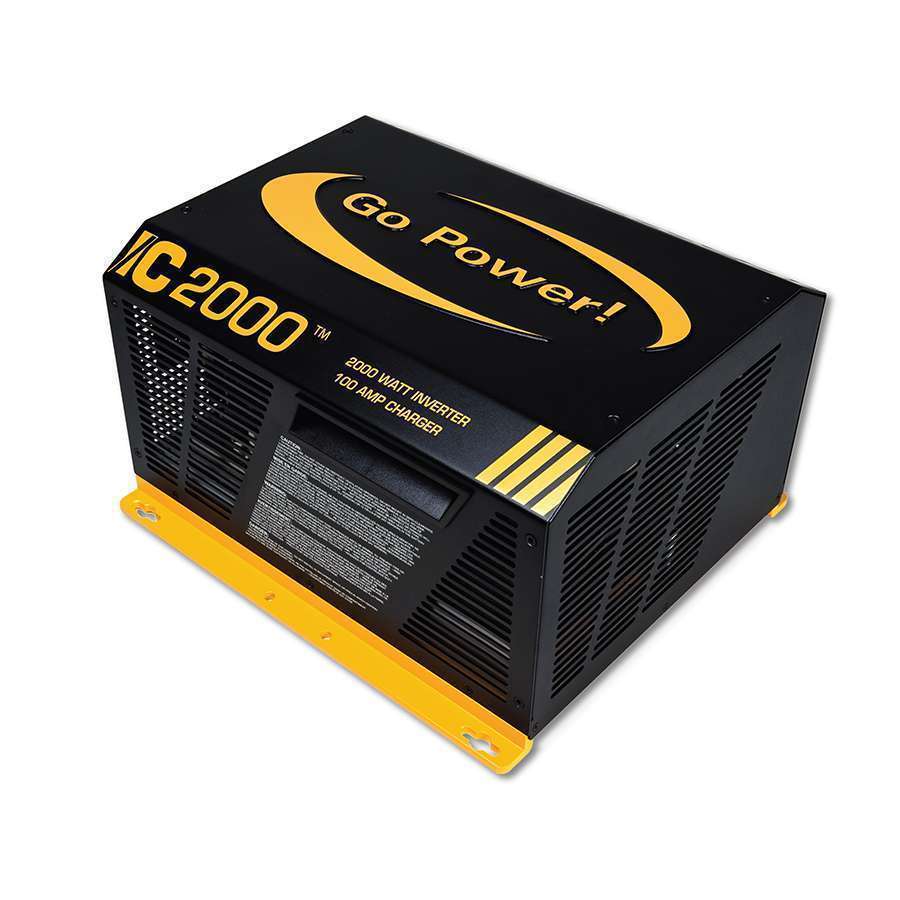Mark44
Retired Traveler with a yen for solar and LIFEPO4
OK so newb here, with aspirations of....
Anyway, I have a fifth wheel trailer. It uses a 50 amp converter.
I have a Champion Generator to use when off grid. (30 amp but capable of paralleling for 50)
I want to add Solar, but maybe not until spring or summer of '21.
I want to add a LIFEPO4 battery bank now to replace LA (original house batt)
I also want to be sure that once I do, I can use an inverter to power the coach.
So what I am trying for is this:
Solar ready
280 AH battery (rising to 840 AH as time and $ permit)
Switching mechanism or manual method for ensuring:
1) generator can charge the battery(s)
2) can switch from shore power to generator (manual start)
3) can feed back battery bank through an inverter to power the coach
With all that said I obviously need help!
I have electronic experience, and have ordered a set of cells from China already. But I have never tried something this complicated.
I look to the intelligencia here for guidance please.
Anyway, I have a fifth wheel trailer. It uses a 50 amp converter.
I have a Champion Generator to use when off grid. (30 amp but capable of paralleling for 50)
I want to add Solar, but maybe not until spring or summer of '21.
I want to add a LIFEPO4 battery bank now to replace LA (original house batt)
I also want to be sure that once I do, I can use an inverter to power the coach.
So what I am trying for is this:
Solar ready
280 AH battery (rising to 840 AH as time and $ permit)
Switching mechanism or manual method for ensuring:
1) generator can charge the battery(s)
2) can switch from shore power to generator (manual start)
3) can feed back battery bank through an inverter to power the coach
With all that said I obviously need help!
I have electronic experience, and have ordered a set of cells from China already. But I have never tried something this complicated.
I look to the intelligencia here for guidance please.




